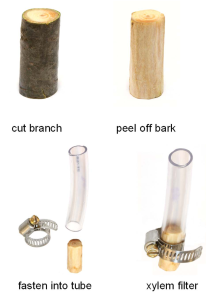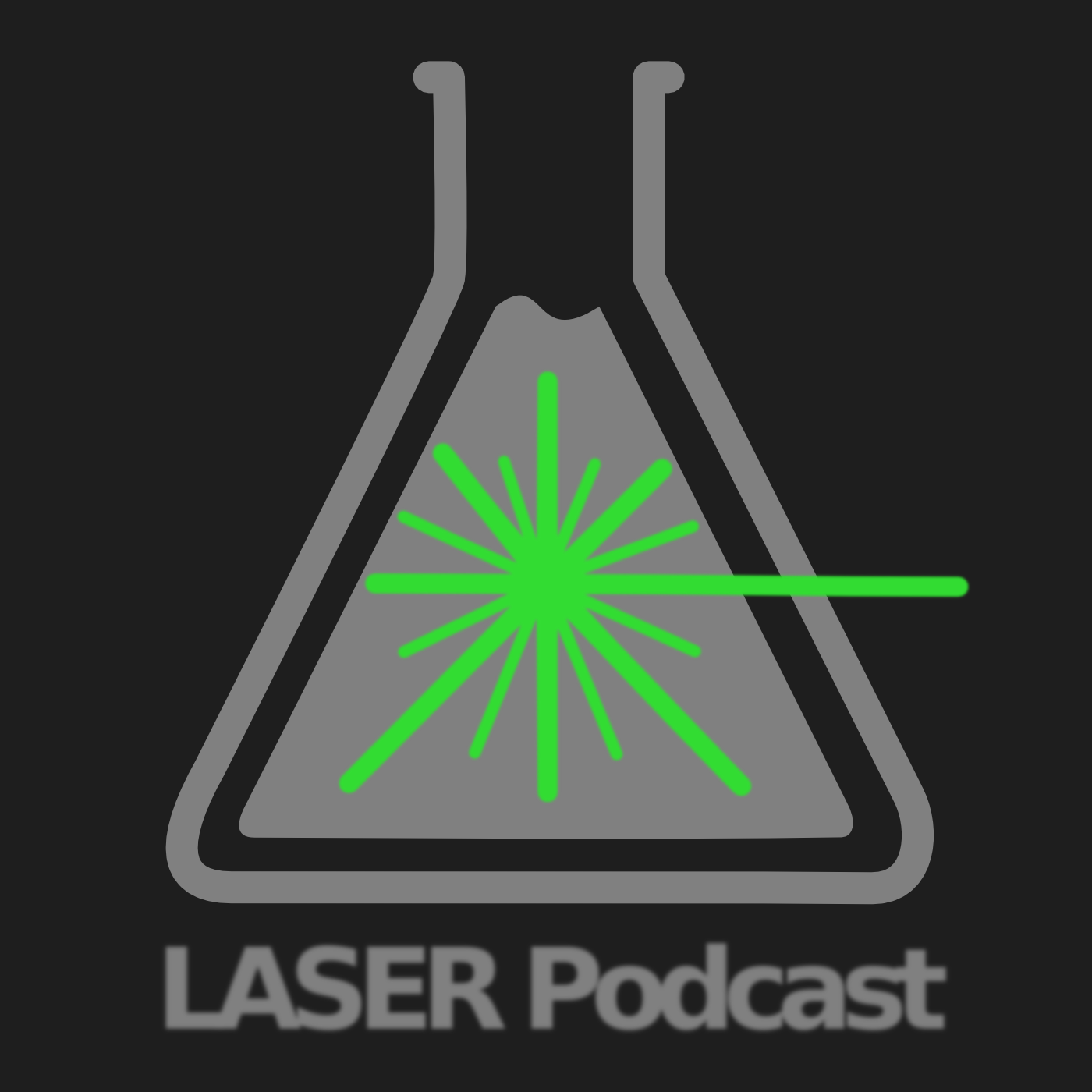Mar 26 2014 54 mins

Image from Paper
On Episode 14 of LASER we discuss using tree branches as water filters, a new type of super-thin room temperature infrared light detector that uses graphene, and the $1 Origami Microscope.
4:05 The article in Popular Mechanics titled “A simple tree branch can become a backyard water filter” and the FREE paper in PLOS One “Water Filtration Using Plant Xylem”
5:50 The idea is to help the developing world by testing a cheap water filter that only requires a tree branch and a tube
9:00 its really great when high school students get involved with university research projects and end up publishing papers! If you’re in high school you should talk to a university professor about helping out with a research project a couple of days after class. Even if you don’t plan to study science! (why would you not plan to study science?!)
12:00 Alex joins the group for the discussion! Unfortunately he hasn’t read any of the papers…
23:15 from Motherboard.vice.com we are talking about “infrared imaging may be coming to contact lens near you” and the article “Graphene photodetectors with ultra-broadband and high responsivity at room temperature”
24:30 the article is fine, but I don’t like the headline, and I think that the author of the paper somewhat misrepresented their results to the press.
25:45 a typical infrared detector is this Superconducting Edge Detector (or Transition Edge Bolometer) https://en.wikipedia.org/wiki/Transition_edge_sensor
27:00 Alex asks a good question about the superconducting principle behind how a transition edge sensor works.
35:40 Alex thinks his eyes are bizarre
38:42 the story is found in the MIT Technology Review and is “The $1 Origami Microscope”
41:00 there was a TEDx talk about this a few years ago, when it was a $0.50 cent microscope! Since that time, it costs more because they have developed methods for brightfield and darkfield imaging, and that required a few additional parts.
45:40 We talk about roll-to-roll processing and calendaring of green ceramics. These are manufacturing techniques for many materials.
48:05 Cameron said you can’t re-crystallize Al2O3 from amorphous to crystalline forms, but that is WRONG! http://link.springer.com/article/10.1007/BF00774113
Links to purchase the music used in this week’s episode:
Intro: Open – Crying (Get Olde)
Picture of a Tree That Doesn’t Look Okay – The World Is a Beautiful Place & I am No Longer Afraid to Die
Amoeba – The Adolescents
Outro: Dreams are Maps – The Wild (Dreams are Maps)
